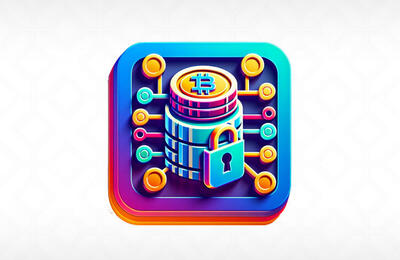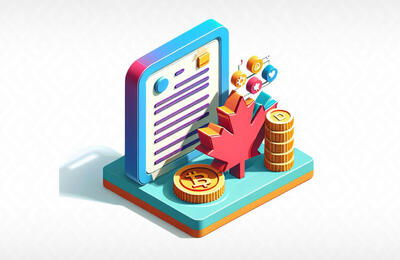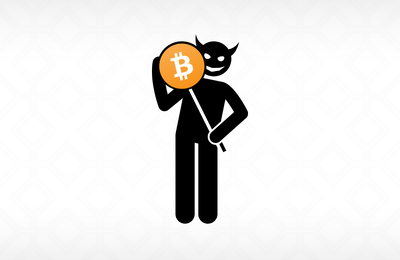
Bitcoin is a new form of electronic money that is decentralised and uses cryptography to control its generation and transactions. Bitcoin relies on peer-to-peer technology and functions without a central authority or banks; managing transactions and the issuing of bitcoins is carried out collectively by the network. You can also take help from BitcoinProfit, a very authentic and most favourite platform of traders.
Bitcoin can be used to buy products electronically, similar to PayPal, Western Union, etc., and can also be exchanged for traditional currencies such as Euros or Dollars. Bitcoin has been around since 2009 but it only started gaining worldwide media attention in late 2012 when its price surged from $10 per Bitcoin in January 2012 to more than $1250 by November 2013 (CNN).
The Bitcoin software was released via an open-source licence in early 2009 by Satoshi Nakamoto (Bitcoin's creator). Bitcoin is not yet regulated and its legal position is unclear; one of the main issues that Bitcoin has to face today is how to define it legally. Bitcoin raises questions as a currency because there are at least two aspects that would seem difficult to reconcile: Bitcoin's function as a currency, and Bitcoin's «original» purpose as an anti-establishment tool for individuals against the banking system (CNN).
Cryptography Mailing List
It appears from Satoshi Nakamoto's writings on Bitcoin that he developed some kind of passion about cryptography and wanted a way to use this for electronic transactions without third-party involvement — something that particularly characterises peer-to-peer technology, which essentially describes Bitcoin. The idea was eventually posted on an online community called «The CryptographyMailing List» on November 1, 2008, and Bitcoin was born. Bitcoin is primarily classified as an «open-source P2P electronic cash system» ( Bitcoin.org ).
Bitcoin transactions are carried out collectively by the Bitcoin network; Bitcoin does not require a third party or any human involvement at all. Once bitcoins have been transferred to another Bitcoin user via computer address, it can be used as currency to purchase goods electronically — however, despite its wide range of uses Bitcoin doesn't seem to function as a standard currency in several ways:
- Bitcoin's legality is undefined; many governments and economic sectors don't accept Bitcoin as currency due to its lack of regulation and ties with anti-establishment activities such as money laundering and online drug marketplaces like Silk Road ( The Washington Post )
- Bitcoin has no intrinsic value and thus is not a standard currency ( Bitcoin.org )
- Bitcoin's volatility makes it difficult for businesses to adopt Bitcoin as a method of payment ( Bitcoin.org )
There are several small online retailers that currently accept Bitcoin for products such as computer hardware, but since Bitcoin isn't yet an official currency many larger companies such as Amazon refuse to accept Bitcoin ( CNN ).
Bitcoin seems like an interesting concept because it can allow electronic exchanges between two people without any need for third-party involvement; however, the lack of regulation surrounding Bitcoin means that it could potentially be used in illegal activities such as money laundering or financing terrorist groups which could damage Bitcoin's reputation and ultimately it's future.
In 2008, Bitcoin founder Satoshi Nakamoto released a whitepaper entitled Bitcoin: A Peer-to-Peer Electronic Cash System. The Bitcoin protocol allows for the transfer of funds between two parties without a third party having to be involved. Bitcoin has been the subject of immense controversy since its release, with many pundits claiming Bitcoin to be a bubble and others believing Bitcoin could potentially replace fiat currencies as we know them.
The Bitcoin whitepaper outlines Nakamoto's vision for Bitcoin: a peer-to-peer version of electronic cash was to be implemented against the backdrop of the 2008 financial crisis. The Bitcoin protocol is essentially an evolution of previous attempts at creating digital money.
Conclusion
The Bitcoin whitepaper begins by discussing how non-reversible transactions between parties remove the need for trust that is typically required when making such payments. Such irreversible payments can occur near-instantly and avoid both fees and «the costs of mediation». With this in mind, Bitcoin has several properties which make it stand out from previous attempts at the digital currency. Bitcoin is anonymous, mobile, cheap to maintain, and cannot be arbitrarily manipulated by any state or private party.
Bitcoin uses a proof-of-work system to process transactions, with the work being done by Bitcoin miners via mining hardware. The Bitcoin protocol limits the total number of bitcoins that can ever be created to 21 million coins, which are released at a gradual rate due to the proof-of-work system employed by Bitcoin. This ensures that inflation will not become an issue as Bitcoin develops over time.















